Lo que me hace sentir
Valoración de la comunidad:
Última Actualización:
6 de Febrero de 2025 a las 15:13
Lo que me hace sentir
Aprendizaje esperado: explora libros de cuentos.
Énfasis: explora distintos sentimientos que pueden surgir a partir de la lectura de un cuento.
¿Qué vamos a aprender?
Explorarás un cuento y los distintos sentimientos que te surgen a partir de su lectura.
¿Qué hacemos?
| Today we are going to learn the names of some feelings. | Hoy vamos a aprender los nombres de algunos sentimientos. |
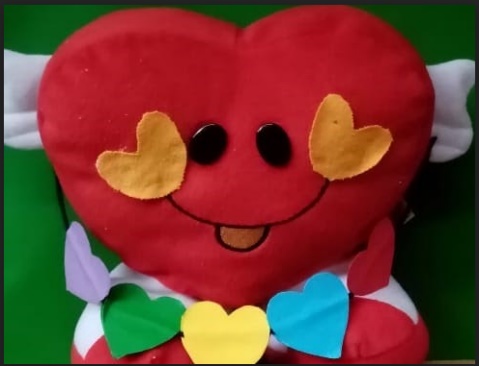
| And we are going to do it through a story. | Lo haremos a través de un cuento. |
| The story is called: Little Red Riding Hood. | El cuento se llama Caperucita Roja. |
| It was written long time ago by Charles Perrault. | Fue escrito por Charles Perrault hace mucho tiempo. |

| You have already listened to two different stories in previous lessons. | Ustedes ya han escuchado dos cuentos en clases anteriores. |
| Today we are going to listen to the story: Little Red Riding hood. | Hoy escucharemos el cuento de Caperucita Roja. |
| This story takes place in a forest. | Este cuento toma lugar en el bosque. |

| Would you like to listen to it? | ¿Les gustaría escucharlo? |
| Our friend Nicolas is going to read it for us. | Nuestro amigo Nicolás nos lo va a leer. |
- Video Nicolás/Caperucita Roja.
https://youtu.be/X6sfmGIg1SQ
(del min. 6.56 al 12.41)
Esperamos te haya gustado el cuento.Please look at these images. Por favor observen las imágenes. This is grandma. Esta es la abuela. 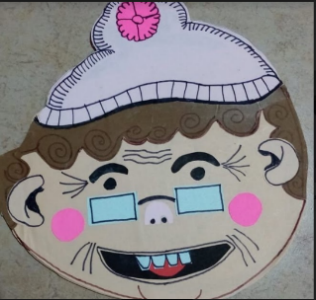
This is the wolf. Este es el lobo. 
Now look at this image of the wolf. Ahora, observen esta imagen del lobo. 
This is the image os the wolf pretending to be Little Red Riding Hood’s grandma. Esta es la imagen del lobo pretendiendo ser la abuelita de Caperucita. How would you feel if you were Little Red? ¿Cómo te sentirías si fueras Caperucita Roja? I would feel scared. Yo me sentiría asustada/o. And you? ¿Y tú? How would you feel! ¿Cómo te sentirías? 
Let´s mention the other feelings that Little Red Riding Hood experienced in the story. Mencionemos algunos otros sentimientos de Caperucita Roja.
Pide a tu mamá o papá, que te ayude a repetir las siguientes palabras en inglés para que las practiques y memorices.
O puedes utilizar los audios e ir repitiendo las frases.Repeat after me so you memorize them: Repite después de mi para que los memorices: Scared. Asustada. 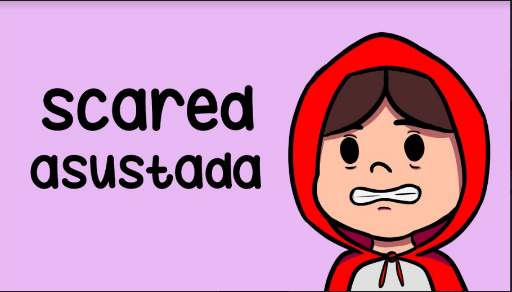
Happy Feliz - Niña diciendo: Happy
https://educacionbasica.sep.gob.mx/multimedia/RSC/BASICA/Audio/202103/202103-RSC-qWO8igLAsf-AUDIO-Nia-Happy.m4a
Sad Triste - Niño diciendo: Sad
https://aprendeencasa.sep.gob.mx/multimedia/RSC/Audio/202103/202103-RSC-u8GEUknsDR-OscarSad.mp3
Angry Enojada - Niña diciendo: Angry
https://aprendeencasa.sep.gob.mx/multimedia/RSC/Audio/202103/202103-RSC-2ViUDUFF8G-Angry.m4a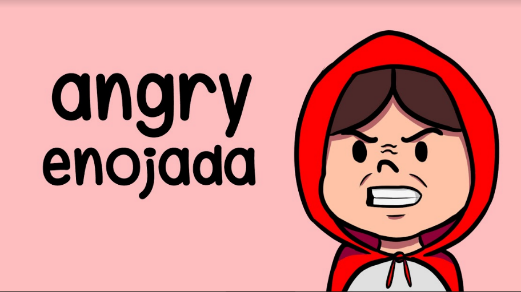
Let´s see the illustrations where we can see the different characters of the story. Observemos las ilustraciones donde se pueden observar los personajes del cuento. - Grandmother.
- La abuela.
- Little Red Riding Hood.
- Caperucita Roja.
- The Wolf.
- El lobo.
- The woodcutter.
- El leñador.
Look at these 4 illustrations and think. How would you feel if you were Little Red. Observa estas cuatro ilustraciones y piensa como te sentirías si tú fueras Caperucita Roja. 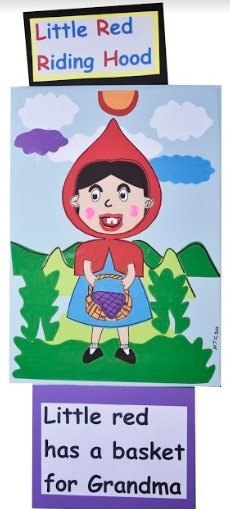

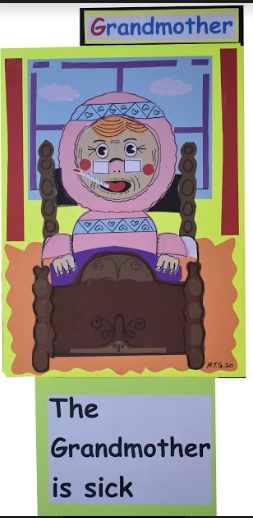

Let´s put the feeling that correspond to each illustration. Pongamos el sentimiento que le corresponde a cada ilustración. Little Red takes food for grandma. Caperucita lleva comida para la abuela. What is the right feeling? ¿Cuál es el sentimiento correcto? I would say “happy” Yo diría que se “siente feliz” Yes, happy. Sí, feliz. Let´s put the happy feeling next to this picture Pongamos el sentimiento de feliz al lado de esta ilustración.
Happy
The Wolf sees Little Red. El lobo ve a Caperucita. Yes, scared. Sí, asustada. Let’s put the scared feeling next to it. Pongamos el sentimiento de asustada al lado de la ilustración.
Scared
Grandma is sick. La abuela está enferma. Yes, sad. Si, triste.
Triste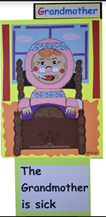
The woodcutter helps Little Red and grandma. Yes, happy. El leñador ayuda a caperucita roja y su abuela. Si, Feliz.
Happy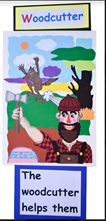
Aprendes muy bien el nombre en inglés de los sentimientos de Caperucita.
No solo los personajes de los cuentos tienen sentimientos: también tú, el que lee o escucha un cuento, tienes diferentes sentimientos dependiendo de lo que vaya pasando en el cuento.Let´s watch a video where Camila tells us how she feels when she listens to this story. She will show us her book where she registered all these feelings. Veamos un video donde Camila nos cuenta cómo se siente cuando escucha esta historia. Ella nos mostrará su libro donde registró todos estos sentimientos.
Observa el libro de los sentimientos de Camila. - Video. Camila shows a book about her feelings.
https://youtu.be/X6sfmGIg1SQ
(del min. 21.19 al 23.03)Let´s review the feelings that Camila mentioned in her book: Repasemos los sentimientos que Camila mencionó en su libro: Happy
Angry
Sad
ScaredFeliz
Enojada
Triste
AsustadaYou can also create your own book and register the feelings that produces in you when listening to a story. También puedes crear tu propio libro y registrar los sentimientos que produce en ti cuando escuchas una historia. 
Now that you know how to name feelings in English, you are ready to sing the How are you feeling song. Ahora que sabes cómo nombrar los sentimientos en inglés, estás listo para cantar la canción Como te sientes.
La canción dice:¿Do you want to sing it with me? ¿Quieres cantarla conmigo?
How are you feeling? I am happy, happy, happy, happy, happy, happy, happy
How are you feeling? I am sad, sad, sad, sad, sad, sad, sad, sad.
How are you feeling? I am angry, angry, angry, angry, angry. angry, angry.
How are you feeling? I am scared, scared, scared, scared, scared, scared, scared.
How are you feeling? I am happy, happy, happy, happy, happy, happy, happy.
How are you feeling? How are you feeling?
¡Cántala junto con Caperucita! - Video Canción.
https://youtu.be/X6sfmGIg1SQ
(del min. 23.33 al 24.27)
Repasa las frases de los sentimientos:How are you feeling? ¿Cómo te sientes? ¿Are you angry? ¿Estás enojada o enojado? ¿Are you sad? ¿Estás triste? ¿Are you scared? ¿Estás asustado? I hope you are happy. Yo espero que estés feliz.
Observa un video donde Caperucita canta una canción.When the woodcutters saved Little Red, she was so happy that she started to sing this song. Cuando Caperucita Roja, fue salvada por el leñador, ella estaba tan feliz que empezó a cantar esta canción. - Video, canción de Caperucita.
(del min. 25.45 al 27.20)
| Did you like the song? | ¿Les gustó la canción? |
| The song goes like this: I am a Little Red riding hood. I have eyes to see. I have ears to hear. I have a mouth to speak. |
La canción dice: Soy Caperucita Roja. Tengo 2 ojos para ver. 2 oídos para escuchar y Una boca para hablar. |
| She learned the lesson. | Ella aprendió la lección. |
Ahora ella sabe que sus ojos son para ver y fijarse quien está a su alrededor, que tiene oídos para escuchar cualquier cosa extraña, y que tiene boca para gritar o hablar si tiene necesidad.
| Now that you know the names of these 4 feelings: happy, sad, angry, scared. | Ahora que ya te sabes los nombres de estos 4 sentimientos: feliz, triste, enojado y asustado. |
| You can create your own book, | Puedes crear tu propio libro. |
| As Camila did it. | Como lo hizo Camila. |
Esperamos que hayas aprendido mucho y que se hayas divertido.
Recuerda que es muy importante que todo lo que aprendiste lo sigas poniendo en práctica.
| I will see you soon! | ¡Nos vemos pronto! |
Si te es posible consulta otros libros y comenta el tema de hoy con tu familia.
¡Buen trabajo!
Gracias por tu esfuerzo.


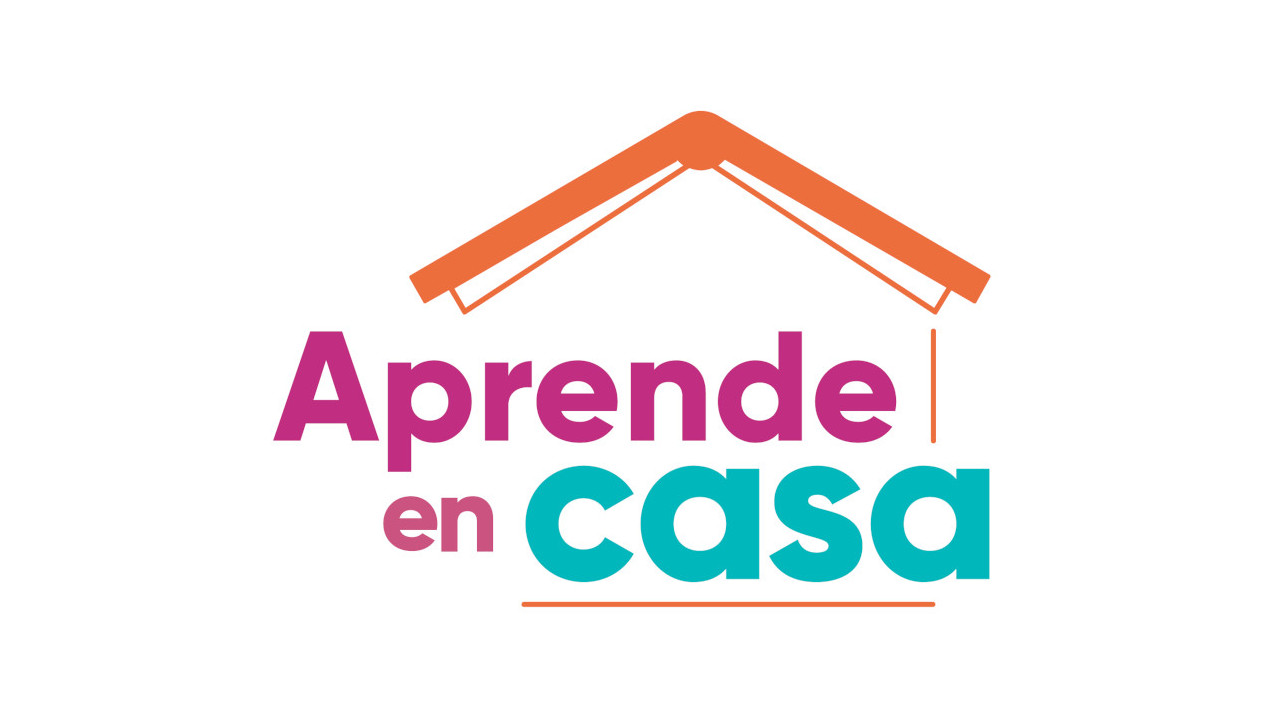
Login to join the discussion